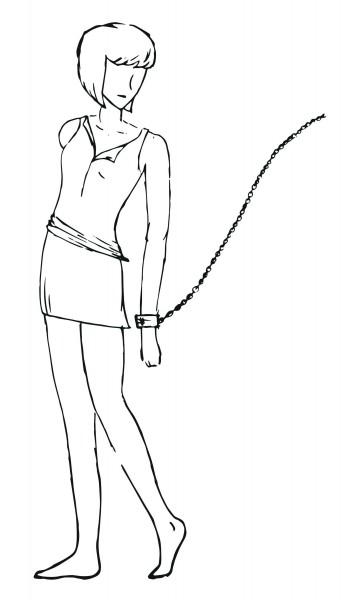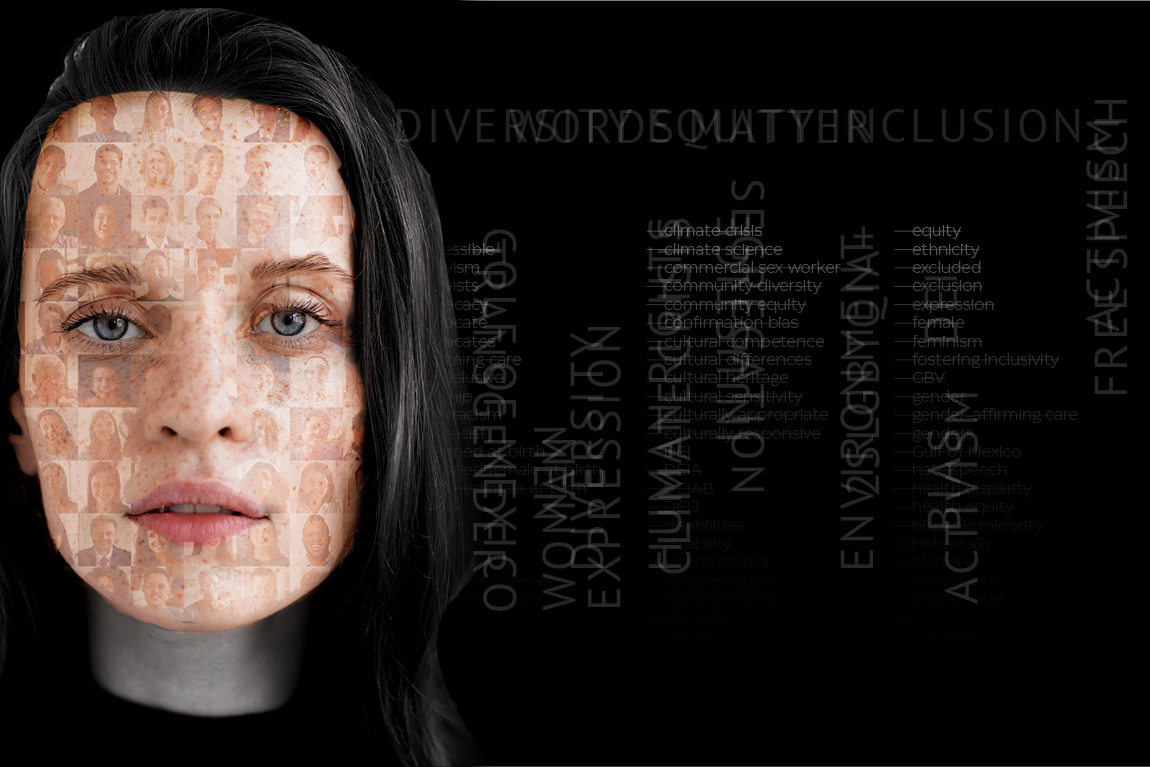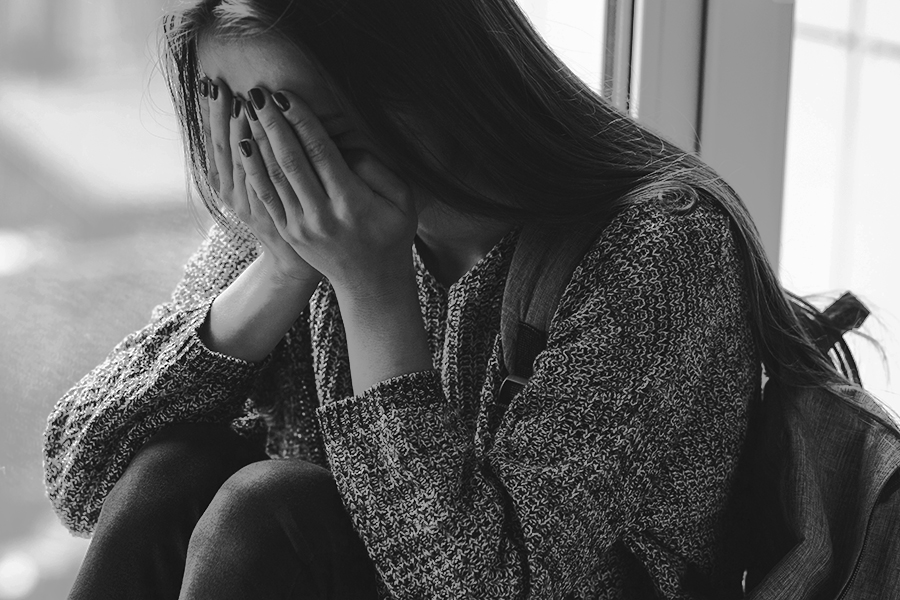It’s not just in Cambodia or India, it’s here.
Although residents in the seemingly safe community of Central Oregon may feel removed from the terrors of human trafficking, Nita Belles, leading anti-trafficking activist and author of In Our Backyard, told tales of traffic incidents in Tumalo, highway 97, and downtown Bend.
“Here it is modern slavery,” Belles said.
Human trafficking is currently the second largest illegal global operation, according to Belles, just second to the drug trade. Belles spoke to Central Oregon Community College students in early January to discuss the reality of human trafficking in America and Central Oregon.
Trafficking occurs globally in many different ways, including sex trafficking, labor trafficking, and organ trafficking.
An estimated 20.9 million people globally are victims of human trafficking, including 5.5 million children. It is assumed to be a 150 billion dollar industry worldwide, with an estimated 100,000 children sexually trafficked in the United States annually, according to an International Labour Organization study conducted in 2012.
But with such startling numbers, how does trafficking go unnoticed?
Belles claims that much of the trade is perpetuated by manipulation and threats.
“Victims will say “I want out,” and traffickers will reply with, “I’ll have your children deported,’” said Belles.
Sexually trafficked victims are often threatened, abused, drugged, and made utterly dependent on their pimps. Belles said they have been known to be susceptible to Stockholm syndrome and will often protect their pimps, even unto death. Belles says that pimps have instilled such a high degree of both fear and gratitude in victims so that the idea of being recovered is terrifying.
“All they ask of us is silence,” said Belles. Because one-third of uncovered trafficking incidents are made possible by someone noticing something suspicious and contacting the police, reporting suspicious behavior can literally save lives.
What can students do?
Belles advocates that trafficking is part of our culture and either ignoring the issue or normalizing it with our words will perpetuate the problem.
“We have to break down that culture. Words shape how we think, how we think shapes how we act,” Belles said.
- 41% of sex trafficking cases and 20% of labor trafficking cases referenced U.S. citizens as victims.
- Women were referenced as victims in 85% of sex trafficking cases, and men in 40% of labor trafficking cases.
States with most reports of potential human trafficking
- California
- Texas
- Florida
- New York
- Illinois
- District of Columbia
- Virginia
- Ohio
- North Carolina
- Georgia
Potential cases of human trafficking by year
2008 – 1,016
2009 – 1,209
2010 – 1,483
2011 – 2,145
2012 – 3,445
Victim demographics
Sex trafficking 52% adults, 33% minors
Labor trafficking 70% adults, 20% minors
National Human Trafficking Hotline
1-888-373-7888
Recognizing the signs
Knowing the red flags and indicators of human trafficking is a key step in identifying more victims and helping them find the assistance they need, according to polarisproject.org.
Common Work and Living Conditions: The Individual(s) in Question
- Is not free to leave or come and go as he/she wishes
- Is under 18 and is providing commercial sex acts
- Is in the commercial sex industry and has a pimp / manager
- Is unpaid, paid very little, or paid only through tips
- Works excessively long and/or unusual hours
- Is not allowed breaks or suffers under unusual restrictions at work
- Owes a large debt and is unable to pay it off
- Was recruited through false promises concerning the nature and conditions of his/her work
- High security measures exist in the work and/or living locations (e.g. opaque windows, boarded up windows, bars on windows, barbed wire, security cameras, etc.)
Poor Mental Health or Abnormal Behavior
- Is fearful, anxious, depressed, submissive, tense, or nervous/paranoid
- Exhibits unusually fearful or anxious behavior after bringing up law enforcement
- Avoids eye contact
Poor Physical Health
- Lacks health care
- Appears malnourished
- Shows signs of physical and/or sexual abuse, physical restraint, confinement, or torture
Lack of Control
- Has few or no personal possessions
- Is not in control of his/her own money, no financial records, or bank account
- Is not in control of his/her own identification documents (ID or passport)
- Is not allowed or able to speak for themselves (a third party may insist on being present and/or translating)
Other
- Claims of just visiting and inability to clarify where he/she is staying/address
- Lack of knowledge of whereabouts and/or do not know what city he/she is in
- Loss of sense of time
- Has numerous inconsistencies in his/her story
Ways to stop human trafficking
- Be informed. Learn more about trafficking to protect yourself and others.
- Tell three people about trafficking. Spreading the word restricts traffickers’ market.
- Volunteer. Join OATH (Oregonians Against the Trafficking of Humans) or COCC’s C.O. Psychology Club to get involved and end human trafficking.
Abigail Stevens | The Broadside









[email protected] | Feb 6, 2015 at 4:35 am
What can students do? Learn about trafficking. Learn about how human trafficking discourse has been largely centered around sexual trafficking, and how this discourse is harmful in that it equates sexual trafficking and/or sexual slavery to all forms of sexual labor. Trafficking is horrible. But so is denying rights to those who participate in the sex industry. A center on human rights would not seek to criminalize or moralize actions of others, it would afford rights to all. As students, perhaps we learn to critically engage with statistics that are provided, like the ones in this article – are we to be morally outraged that such a high percentage of U.S. citizens are trafficked? That the statistics provided seem to center around an idea of women and children in sexual slavery, despite evidence to the contrary- that the majority of trafficked persons are men in the non sex labor industry? As students, NAY AS CITIZENS, we need to stop perpetuating ideas about regulating sexuality. This is not accurate information. Human trafficking is a serious issue, and it does not need to center around our morals of what appropriate sex is – conversations like these further marginalize sex workers, and tend to overlook tangible solutions for actual victims of trafficking because of the overemphasis on sex and prostitution. I’d love to see an analysis of the statistics provided, and a different view point than the one provided.
[email protected] | Feb 6, 2015 at 4:35 am
What can students do? Learn about trafficking. Learn about how human trafficking discourse has been largely centered around sexual trafficking, and how this discourse is harmful in that it equates sexual trafficking and/or sexual slavery to all forms of sexual labor. Trafficking is horrible. But so is denying rights to those who participate in the sex industry. A center on human rights would not seek to criminalize or moralize actions of others, it would afford rights to all. As students, perhaps we learn to critically engage with statistics that are provided, like the ones in this article – are we to be morally outraged that such a high percentage of U.S. citizens are trafficked? That the statistics provided seem to center around an idea of women and children in sexual slavery, despite evidence to the contrary- that the majority of trafficked persons are men in the non sex labor industry? As students, NAY AS CITIZENS, we need to stop perpetuating ideas about regulating sexuality. This is not accurate information. Human trafficking is a serious issue, and it does not need to center around our morals of what appropriate sex is – conversations like these further marginalize sex workers, and tend to overlook tangible solutions for actual victims of trafficking because of the overemphasis on sex and prostitution. I’d love to see an analysis of the statistics provided, and a different view point than the one provided.